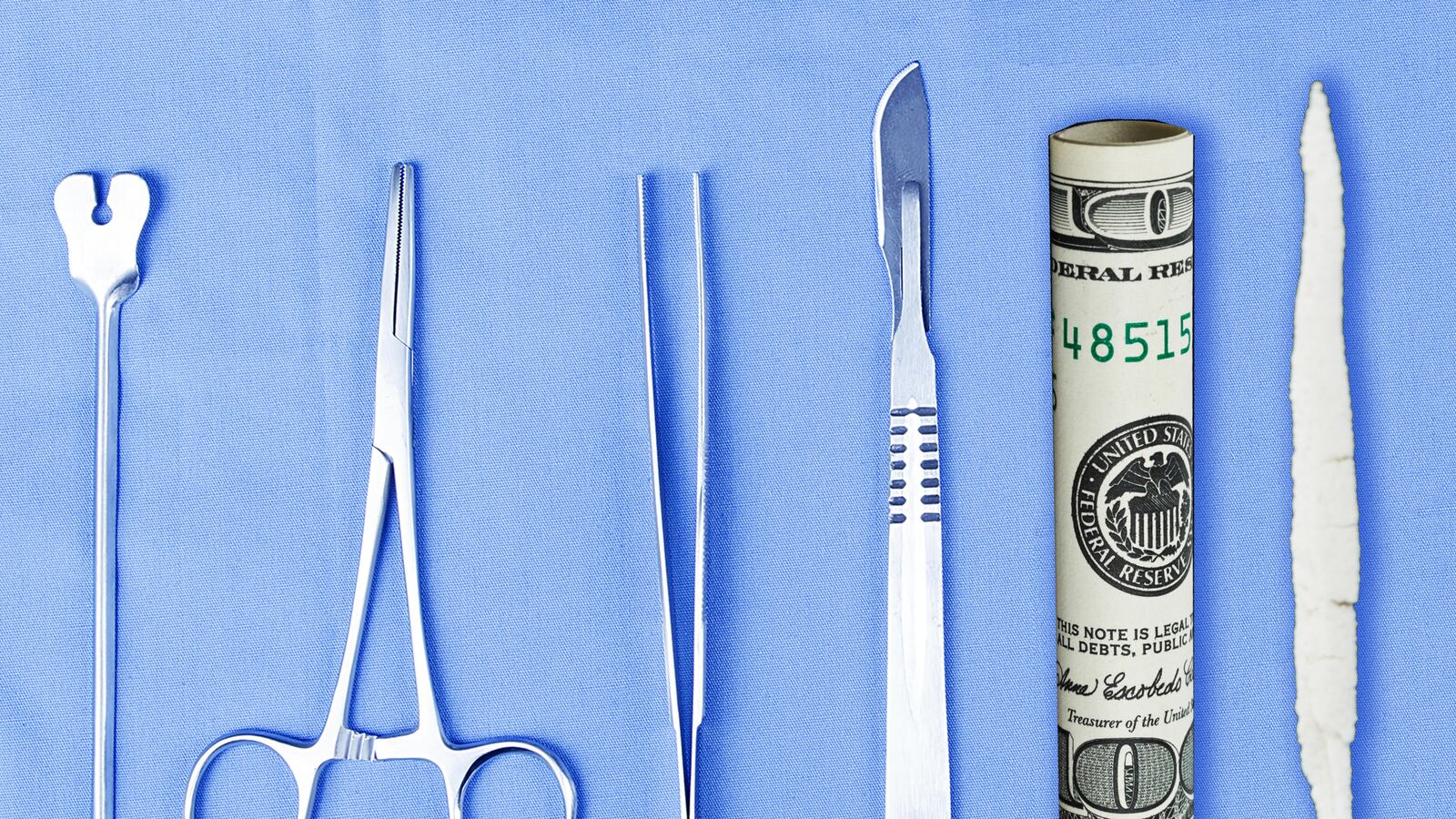In medical school, I spent time rotating through an addiction medicine elective. This subspecialty focuses on those who suffer from substance-use disorders, including those who abuse heroin, cocaine, alcohol, or prescription anxiolytics or narcotics. Back then, I was most fascinated by the addiction to prescription narcotics, because after having had my wisdom teeth removed, I remembered feeling 10 times worse after taking a tablet of hydrocodone for pain.
My attending doctor at the time informed me that those with a genetic predisposition (PDF) toward substance dependence feel a drug high, instead of the nauseating coma-like haze I succumbed to. But this high extends far beyond just prescription narcotics, and over the course of my medical training I have treated many patients for heroin overdoses, alcohol withdrawal, cocaine-induced heart attacks, opiate withdrawal, and then some. Patients with addiction problems are just the tip of the iceberg, because as recent headlines have proven, physicians themselves often don’t escape addiction either.
At 38 years old, Dr. Kiersten Rickenbach Cerveny was a highly qualified physician with an equally impressive résumé: undergraduate at Duke, medical school at Tulane, and a dermatology residency, one of the most competitive subspecialities and part of the ROAD (radiology, ophthalmology, anesthesiology, and dermatology) to happiness specialties that many medical students aspire to. Yet her illustrious career has done nothing but add further scandal to her highly publicized death; many speculate it was due to a cocaine overdose. Cerveny’s untimely death just happened to be the one that splashed across national headlines, but it barely skims the surface of the problem of doctors and drug abuse.
Substance-use disorders have plagued doctors for decades. The father of surgery, Dr. William Stewart Halstead, was reportedly addicted to both cocaine and morphine. Through my own medical training, I’ve heard the rumors: He had to take a leave of absence for his drug addiction, she lost her medical license because of prescription fraud, he does cocaine every chance he gets, she was fired for being under the influence while on call, etc.
Personal anecdotes aside, the prevalence of substance abuse in physicians was last studied by JAMA in 1992 when anonymous surveys mailed to nearly 10,000 physicians found that doctors were as likely to have experimented with illicit substances as their age- and gender-matched controls in the general population. As would be expected given the self-prescribing ability doctors possess, this same study found that physicians had higher rates of prescription narcotic and benzodiazepine abuse. And, it suggested that self-prescribing and the subsequent abuse of controlled medications could increase the risk of future drug abuse and substance dependence.
No recent studies have looked at the overall prevalence of substance abuse among physicians, so we have to assume that it is still accurate to say that roughly 10 to 15 percent of physicians today have trouble with addiction. What is it that leads physicians to substance abuse?
Genetic predisposition aside, there have always been theories about environmental triggers and workplace stressors that can drive one toward chemical dependency. Countless articles have been written about the “miserable” profession that is medicine, and research studies have validated these stories with evidence that physician burnout is more common than burnout in other professions in the U.S. Perhaps it was this early-career stage burnout and dissatisfaction that drove Cerveny to regular cocaine binges, despite the picture-perfect exterior of a successful New York dermatologist.
In cases of tragic death like Cerveny’s, there always remains the question of whether or not her death could have been prevented. State physician health programs (PHPs) have been in place since the 1970s, when they were first established by volunteer doctors aiming to support their struggling colleagues. PHPs now operate under the realm of state licensing boards and serve to assist with evaluation, diagnosis, and then subsequent monitoring of physicians with substance-use disorders so that doctors can get the treatment they need to keep their licenses and then return to medical practice. A study by the BMJ found that 75 percent of physicians with substance-use disorders managed within the umbrella of PHPs had favorable outcomes after the five-year surveillance period, and this finding should provide a glimmer hope for struggling physicians who may not know how to seek help.
But really, the first step toward helping anyone struggling with addiction is identifying a substance-use disorder in the first place. Unfortunately, for many physicians, this step either never occurs or is carefully avoided. Perhaps Cerveny’s death can elevate beyond sensational headlines and tabloid fodder to serve as the jolt of reality we all need to stop ignoring this deeply ingrained problem within the medical community.





